Material specificity: A “radically conservative” approach
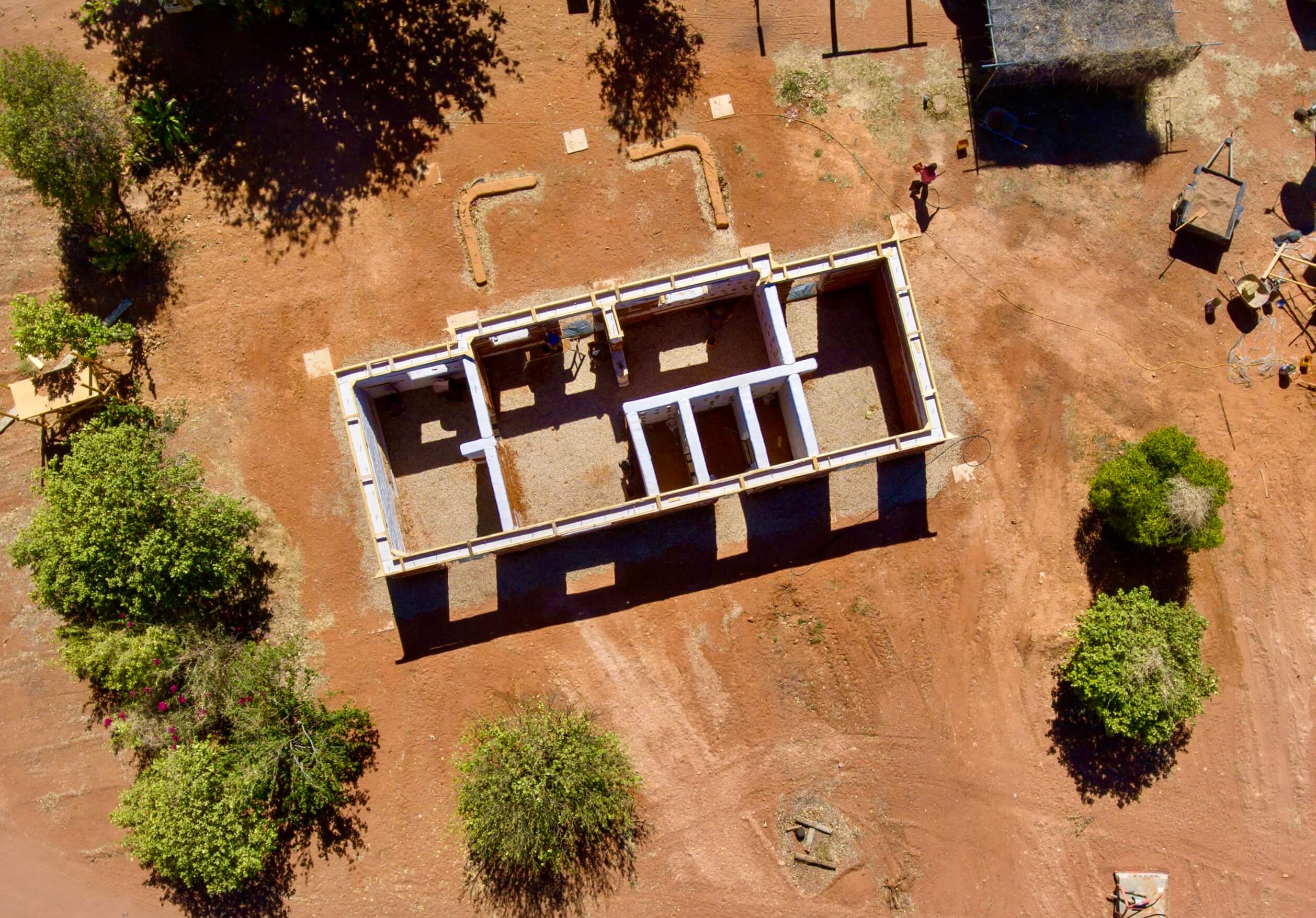
As a transformative profession, architecture inevitably impacts the Country whose materials it consumes. By grounding design processes in Country and embracing the nuances of place, we can achieve fit-for-purpose built outcomes that could exist nowhere else, explains Michael McMahon.
Custodianship over consumption: Shifting the architectural process
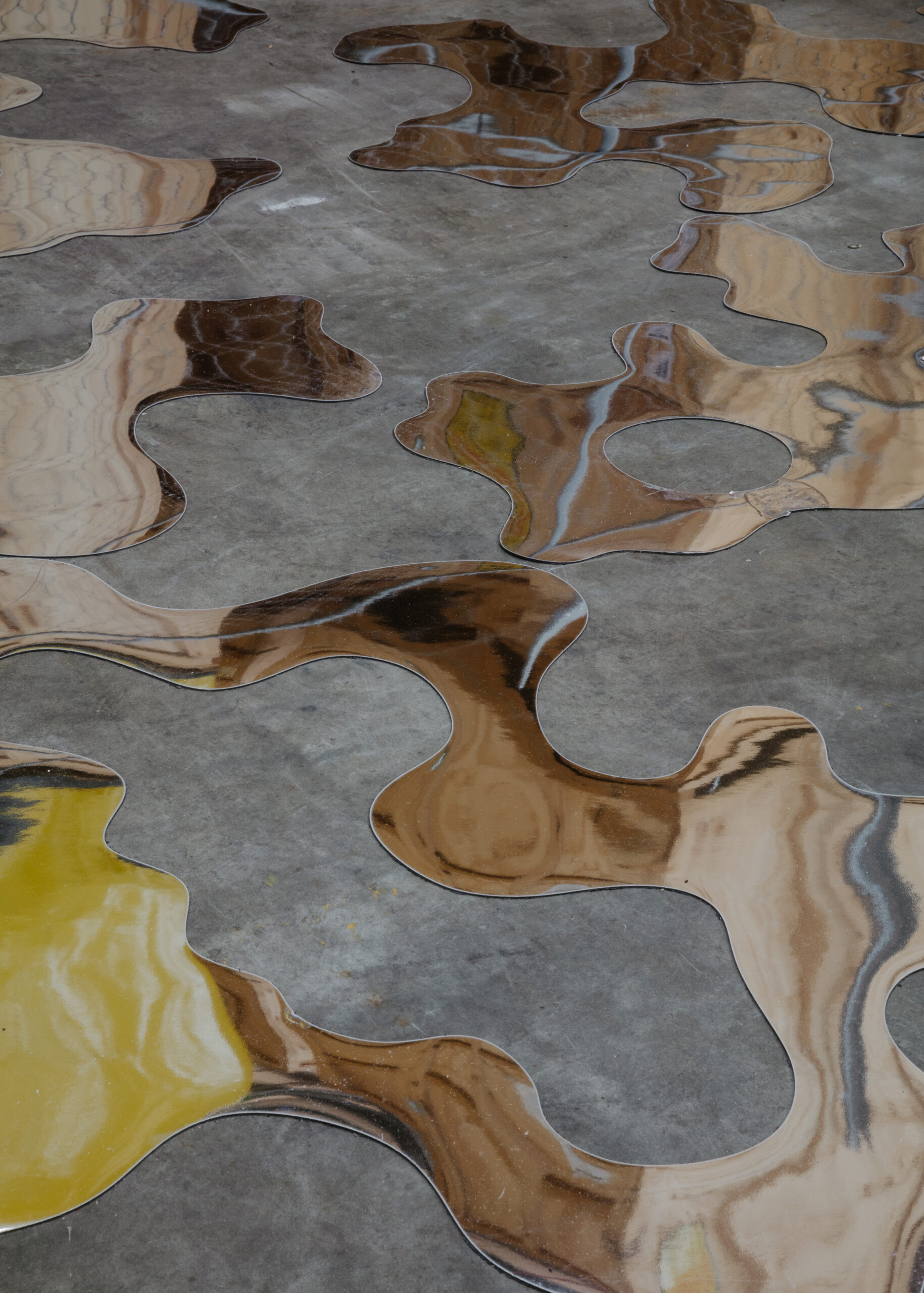
In an optimistic roundtable, Philip Oldfield spoke to the founders of three “next gen” practices that are taking a different approach to material selection and, despite the obstacles, gaining increasing traction in the industry.
Escala: Six Degrees Architects
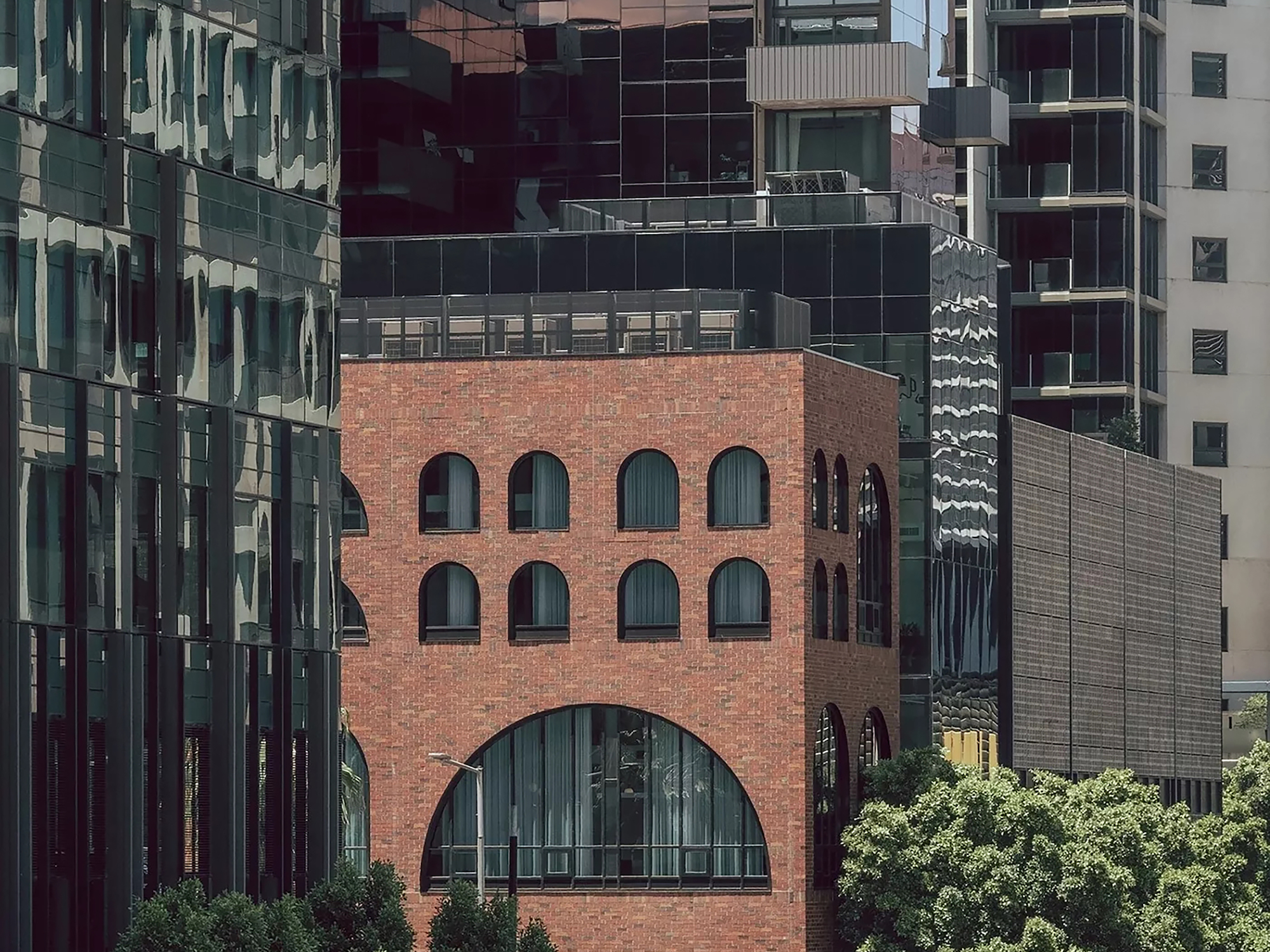
The inner-city Melbourne suburb of Docklands, located on the unceded lands of the Wurundjeri Woi-wurrung and Bunurong Boon Wurrung people of the Kulin nation, has been the subject of a multitude of visions, proposals and frameworks, mapped over the area from the 1980s onwards as discussions about the site’s redevelopment gained momentum. A number of these plans sought to establish meaningful connections between Docklands and the nearby CBD. However, as Kim Dovey observed in 2005, the harbour remained “largely hidden from the everyday lifeworld of the city and did not feature on the collective cognitive map.”
Talking circular: Lasse Lind on designing-in the capacity to change
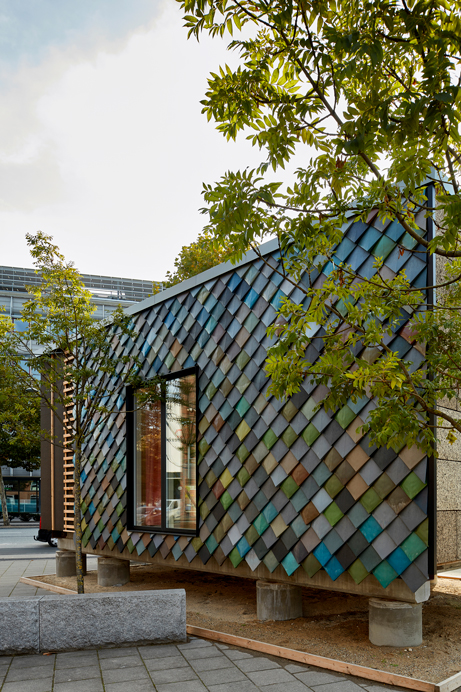
As the research group at Copenhagen-based 3XN Architects, GXN focuses on circular design, behavioural design, and technology, pushing for industry innovations to make built environments more sustainable. Philip Oldfield spoke to GXN partner Lasse Lind about the group’s role and what’s hindering the shift.
QFES North Coast Region Headquarters and Maryborough Fire and Rescue Station
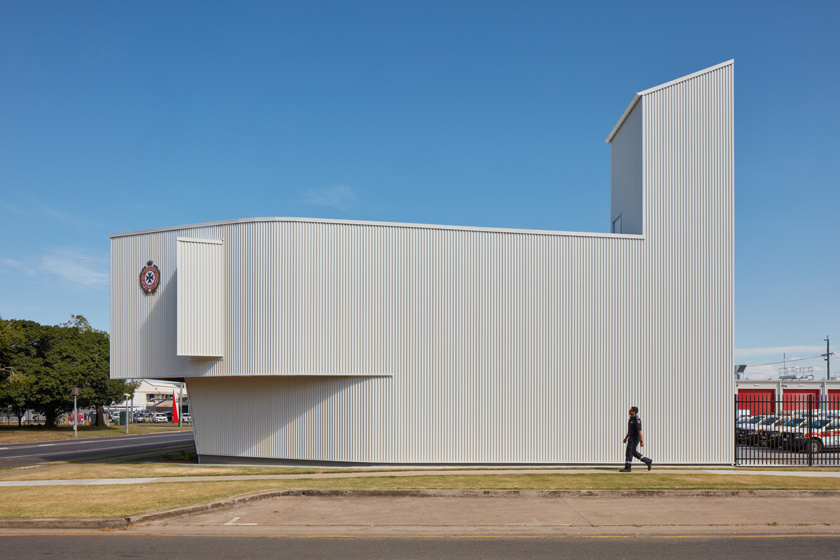
The broad arterial road of Alice Street eases into the historic town centre past timber cottages, fast-food restaurants and tilt-up retail offerings. The site of Queensland Fire and Emergency Services North Coast Region Headquarters and Maryborough Fire and Rescue Station appears shortly before Alice Street overruns the city centre and emerges into a low-lying landscape of sugarcane fields.
Nightingale Village
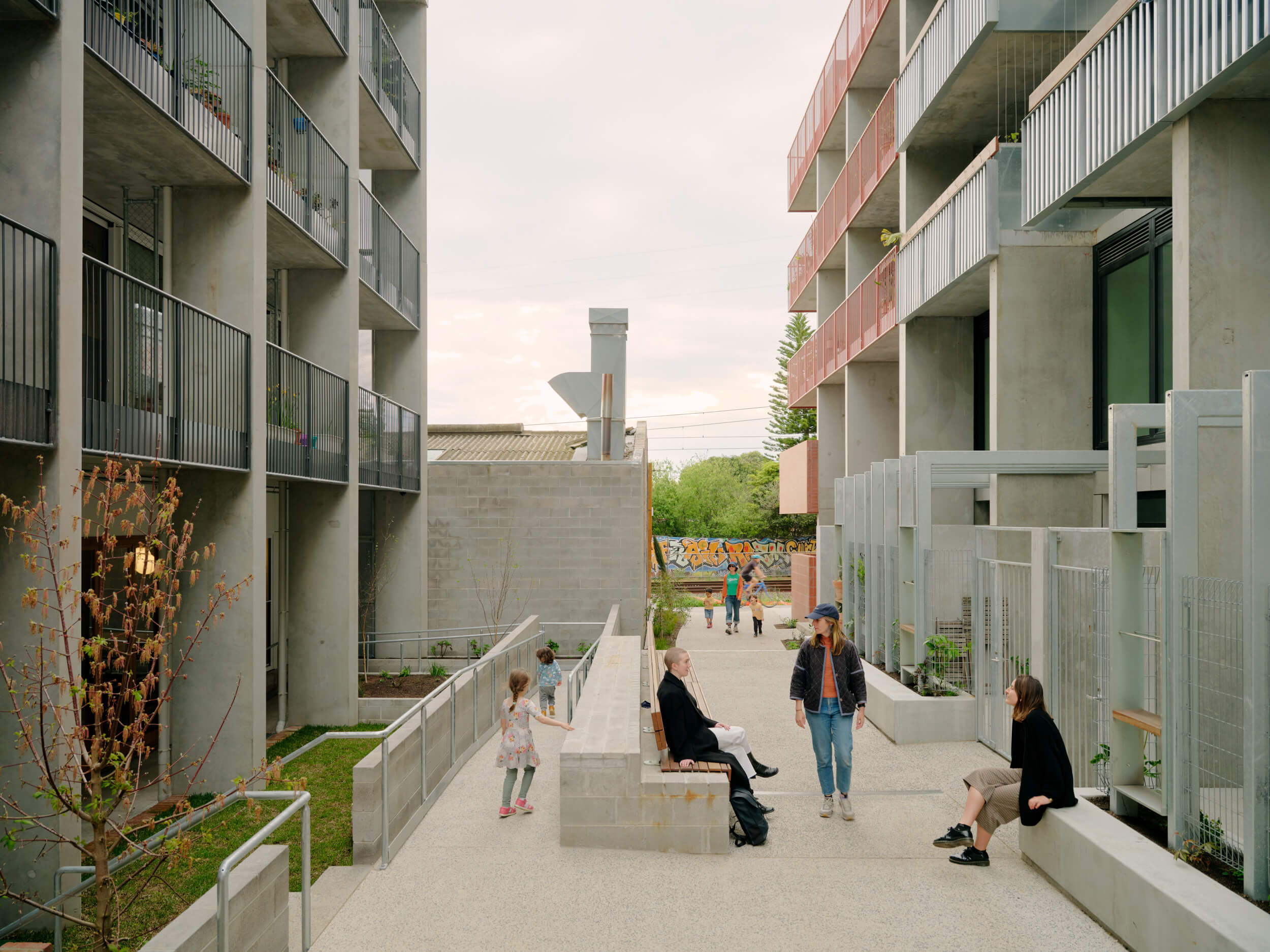
Built to foster community in and around its residences, this precinct in Melbourne’s inner-north comprises six apartment buildings with diverse designs and shared values.
The “public living room” and its role in contemporary urban transformation
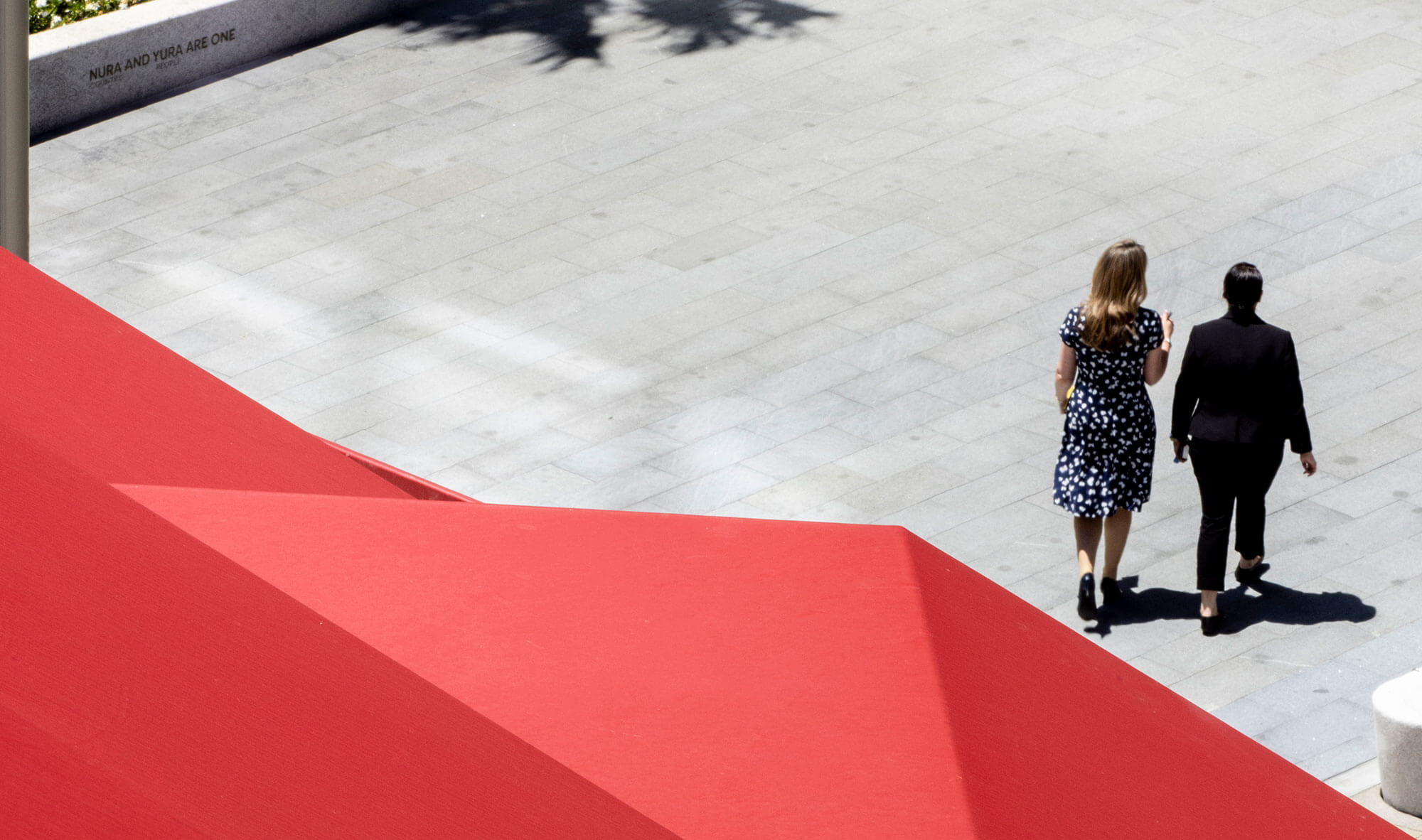
The pandemic has sharpened our awareness of the social role played by public space. The new generation of civic projects emerging across the country is bringing together multiple municipal activities as well as providing space for spontaneous gathering.
Why RAP? Implementing a Reconciliation Action Plan
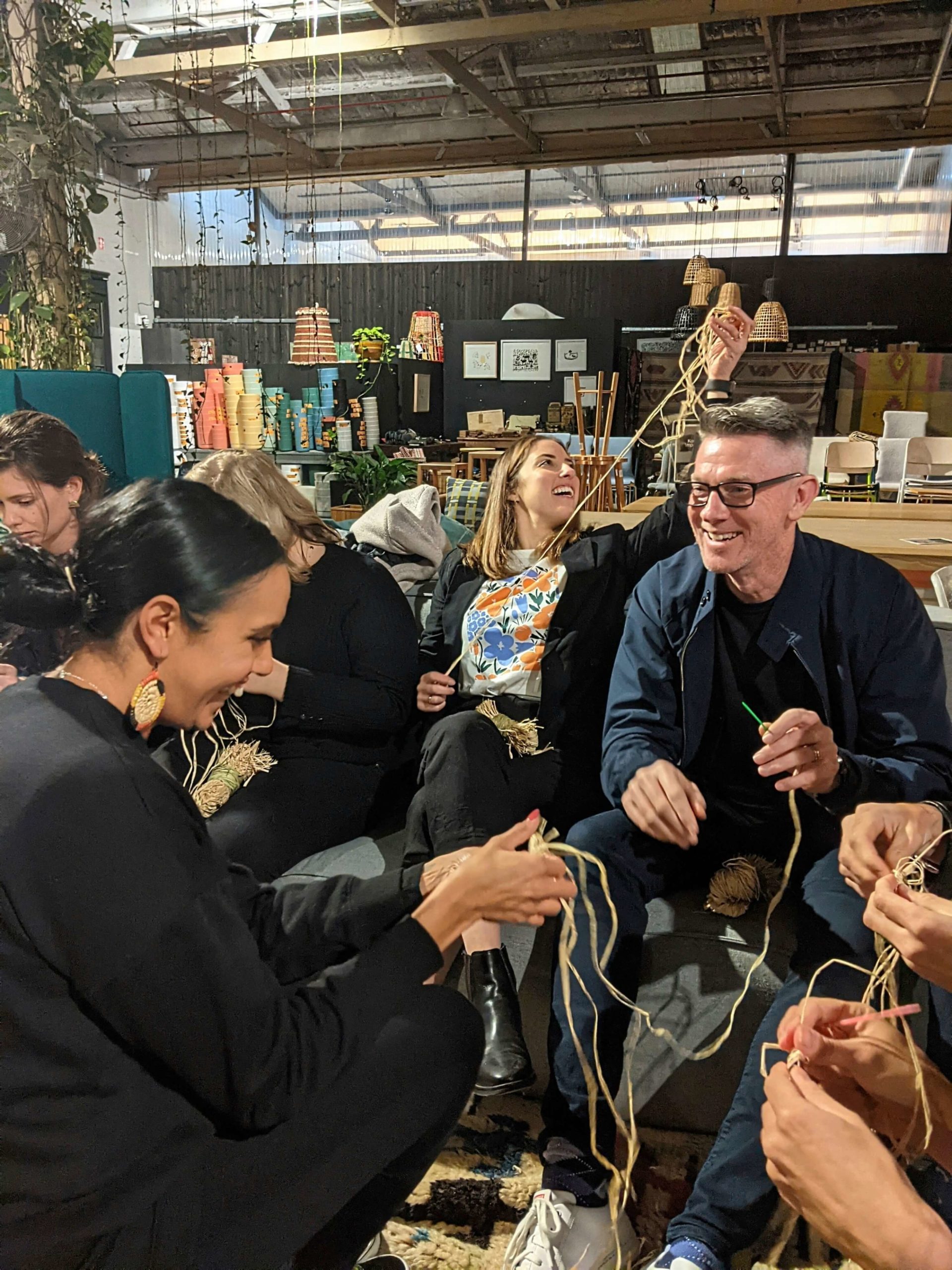
With the demand for their input accelerating, First Nations practitioners find themselves facing a multitude of requests. Georgia Birks asked four professionals about their experiences and how the industry can best support the small but increasing number of Indigenous designers and collaborators.
Get comfortable with being uncomfortable
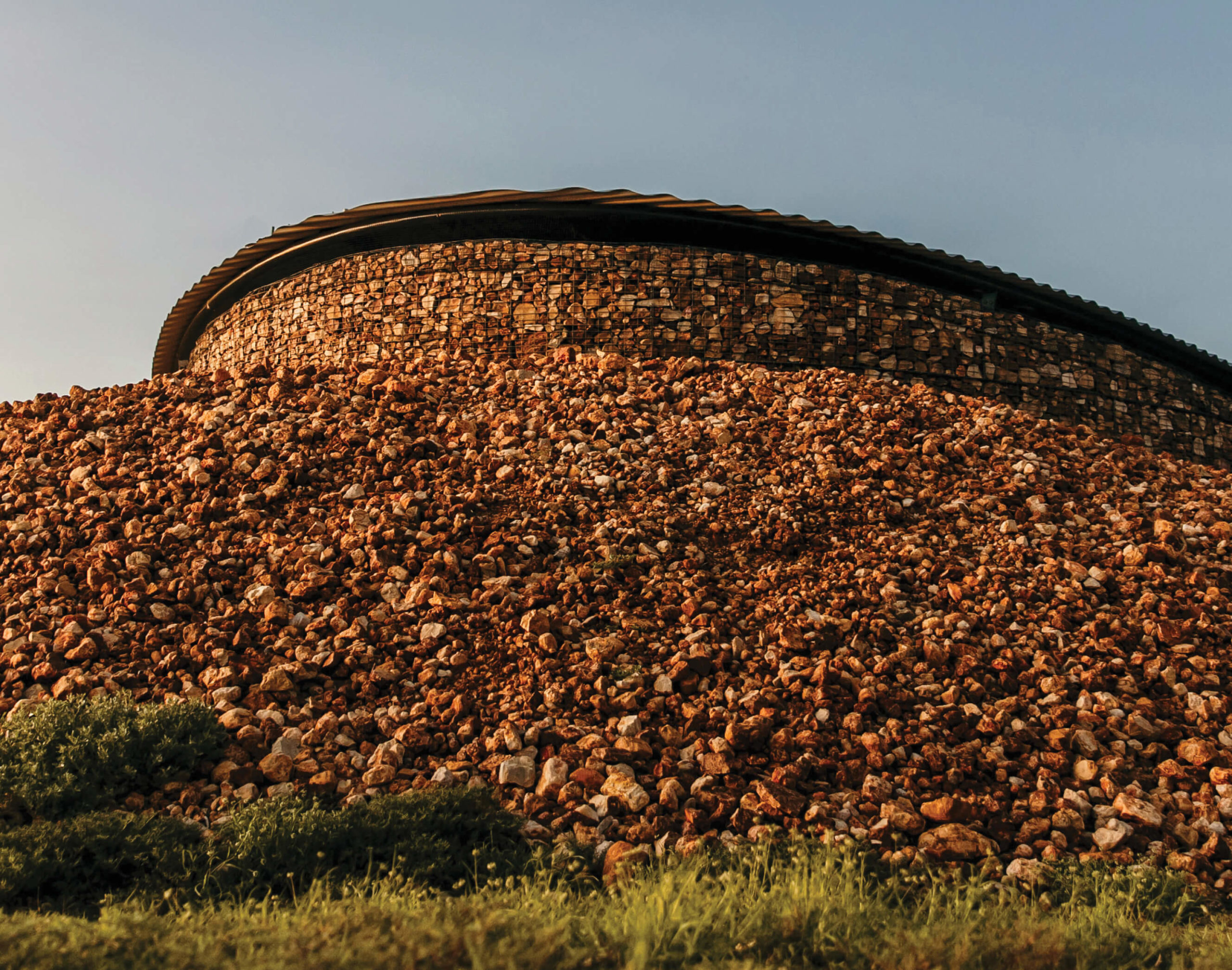
With the demand for their input accelerating, First Nations practitioners find themselves facing a multitude of requests. Georgia Birks asked four professionals about their experiences and how the industry can best support the small but increasing number of Indigenous designers and collaborators.
Revisited: CH2 (2006)
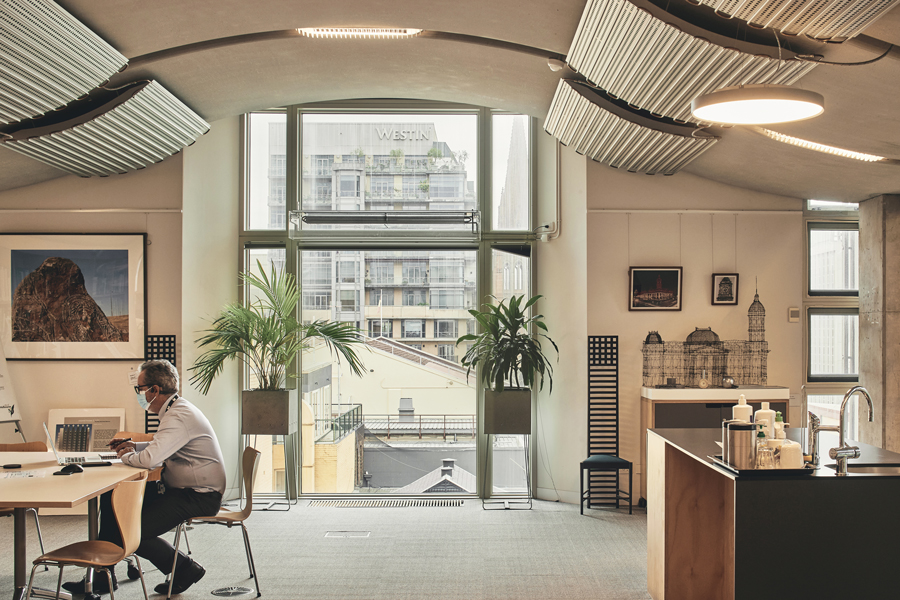
Completed in 2006, Council House 2 (CH2) on Little Collins Street, Melbourne still finds its way onto architects’ precedent boards as one of Australia’s most progressive commercial buildings. A pilot project for the City of Melbourne’s Zero Net Emissions by 2020 strategy, it was the first commercial project awarded a 6-star Green Star rating by the Green Building Council of Australia. As far as “green buildings” go, CH2 could be considered a bit of a celebrity.
